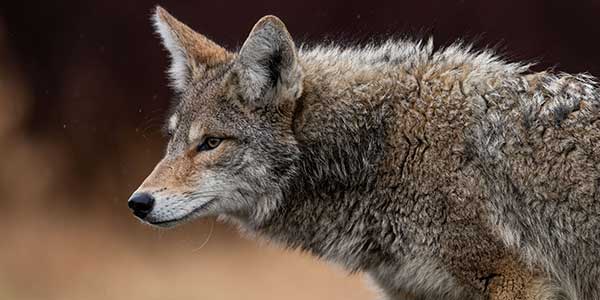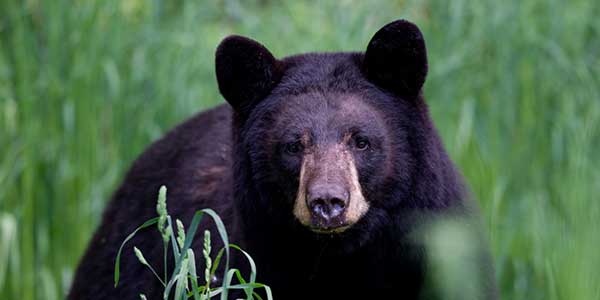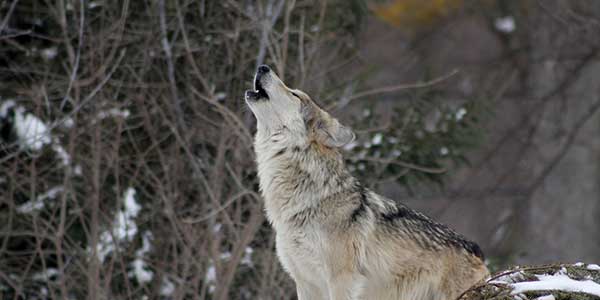Coyote Protection in Canada
Overview
Coyotes are widespread across Canada. They are highly intelligent animals and are very closely related to wolves and dogs; like dogs, they are social animals that have rich emotional lives and form family units. They are also a native part of North American ecosystems and play an important ecological role.
Unfortunately, there are few laws protecting coyotes in Canada, and in part due to their undeserved reputation as “pests”, coyotes are often the victims of wildlife killing contests across Canada.


What To Know if You See or Encounter a Coyote
These animals are generally nocturnal and seldom seen. You may catch a glimpse of a coyote, however, as they move from one part of their territory to another in search of prey (usually small mammals such as mice or voles).
Observing a coyote in this manner (even during the daytime) does not mean that the coyote is sick or aggressive. If the coyote is scared away by your presence, they are exhibiting natural behaviour and this should not be cause for concern.
If a Coyote Is in Your Neighbourhood
If a coyote displays no fear of people, he’s probably been fed. You can re-instill his fear by raising your arms and yelling to drive him away. This is called hazing. Unlike trapping, which sometimes catches pets or other wildlife but rarely the coyotes who are causing problems, hazing works.
Coyotes may mistake small, unattended pets as prey or attack large dogs they view as threats to territory or dens. To keep your animals safe, take two simple steps:
Watch your pets. Keep cats indoors, and never leave small dogs outside unsupervised or let any dog out of your yard off leash.
Secure food sources. Store garbage in wildlife-proof containers and feed pets indoors.
Habituation
Coyotes who come to depend on these sources of food may begin to approach humans looking for a handout and may begin to exhibit what’s perceived as “too tame” or aggressive behavior.
When coyotes become habituated, hazing can reinstill the natural fear of humans. Hazing entails using a variety of scare techniques to teach a coyote to regard people as threatening and stay away from them.
Coyotes are Clever and Adaptable Survivors
Did You Know?
Unless human-caused deaths disrupts their social systems, only alpha male and females coyotes breed. Younger, less dominant animals in packs and transient coyotes outside packs do not breed, limiting coyote numbers naturally.
Become an Animal Defender
Discover More
Living Peacefully with Wildlife
Together, we can learn how to peacefully coexist with wild animals and support their natural habitats.
Protecting Black Bears
Black bears are found in every Canadian province and territory except Prince Edward Island.



